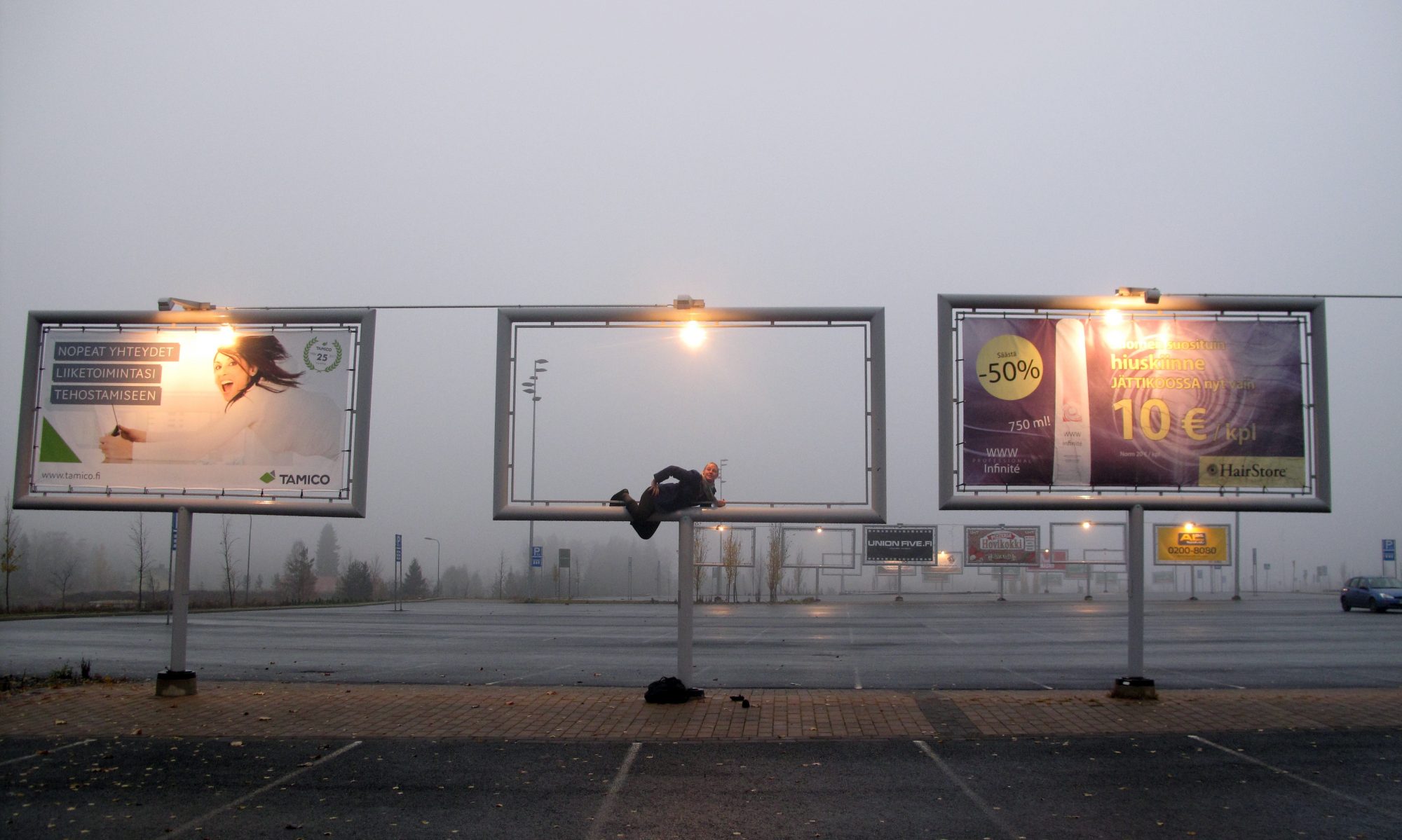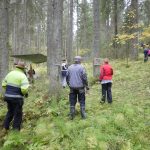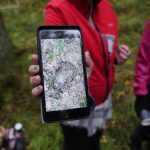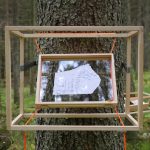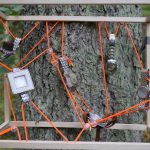This text was published in the Aquatic Encounters – a glossary of hydrofeminisms (2024) edited by Elina Suoyrjö & Anastasia A Khodyreva. The story is founded on previous work with Tea Andreoletti and our submissions for the book were presented next to sculpturesque injections by Monika Czyżyk & Elina Vainio. It was written at Örö Islands Öres Residency during our stay there with the Institute of Coping with Destruction. In part it ushered the development of Wypij Morze!
As a young sailor I ventured to the guest harbour of Örö and took a drink from the bistro by the peer. I caught a glimpse of a fellow, who looked as if they had ventured to the sea before they could walk. As they gazed back at me, a slice of pickled herring slipped from their fork landing on the muddy peer. Without hesitation they picked it up, swirled the fish in their beer and ate it. They took note of my concerned expression and signaled me to step closer.
I see you are concerned of what you witnessed. I assure you there is a lot to be learned from dirt. Sit down, share a beer with me and I’ll tell you a thing I’ve learned living by these waters.
The wind stood still and I felt a fleeing concern. I pulled a chair to their table and listened. As I was not yet seaworthy, I had trouble following the names of the islets and bearings of ports they spoke of. Noticing my waning concentration, they leaned forwards and began their story. Whispering, they told me of the alarming events that took place at the remote Bodö island guest harbour, deep in the archipelago sea.
A young entrepreneur took a risk and opened a guest harbour with a dock bistro in Bodö. They renovated its only building, an old border station and built all the infrastructure themselves. They devised a kitchen, modest living quarters for a staff of five and a warm dining hall for visitors passing the barren sea. The guest dock had previously been a cold service station for fueling vessels and offering shelter when the weather took a turn. But they had seen potential in the place and put in effort inviting mariners to dine and spend nights docked by the shore. Their first summer had been a success and their menu was celebrated. For the safety of their clients, they had to advise a contingency plan for every scenario and condition the sea would throw at them. The weather demanded that they secured everything to bedrock, kept emergency supplies to last two weeks and instead of keeping a generator and fuel in reserve for an emergency, they maintained two. In bad weather it would take a day to reach them from the mainland. The bistro had been opened on an exceptionally hot summer but now the fresh autumn winds had arrived and the entrepreneur only had a staff of three for the rest of the season.
Oddly, on the morning of their final week, everyone in the crew began to feel weak. The cook reported that their tongue tasted faulty, the cashier and the waiter complained of sudden piercing headaches and feverish tremors. The entrepreneur felt these too and sensed a strange odour when they relieved themselves but did not bother the staff with this detail. They had only each other to consult and as a new crew they experienced the strange symptoms escalating over the morning. Suspecting food poisoning they closed the kitchen and had to send their only clients of the day sailing forwards hungry. There can be no lying at the seas, so apologetically they turned to their remaining guest anchored at the dock, asking if they experienced strange symptoms: Difficulty to concentrate, drowsiness or dry sparks in their tongues. They were relieved to learn that the lone sailor had not experienced such. The guest thanked the staff for their honesty and headed towards Marienhamm. The crew and the entrepreneur were left by themselves and decided to retreat to their quarters until they could figure out what was the root of the cause. The chef took to their bunk and opened a beer. The cashier tried to sleep but they felt as if the world was spinning and had to lay on the wooden floor to keep grounded. The entrepreneur, desperate to find the cause, searched medical databases for clues, while planning their evacuation to the mainland.
But the waiter sensed an urge and went to the east shore of the island for a swim. Despite their nausea and the fatigue of their limbs, they swam far into the horizon. Floating on their back they felt cold by their feet and savoured the warmth of the surface. The blue-green algae reported on mainland shores was of concern. Yet, despite their best knowledge and everything they had been taught of the archipelago, they suddenly felt they had to drink the sea. They halted, turned towards the shore to see the roofs of the kitchen and the hall and opened their mouths allowing the water in. The water passed their throat with ease and as it did, they felt an ecstatic rush. All fatigueness and aches evaporated from their body. Their confidence grew and they took a long dive. Under the water the taste of the sea revealed itself and returning to the shore they knew exactly how to heal the crew. With insight to the remedy, they rushed to the quarters but were surprised by loud music and opening the door, they were met by a very happy chef cheering the rest of the lot to drink more beer with them. Everyone was smiling and laughing. Their nausea had passed, health restored and they welcomed the waiter back with cheers. During their swim the crew had experienced a revelation.
The fellow paused, took a sip of their beer. They retreated back, leaning to their chair, savouring the moment and investigating my reactions with pleasure. I nodded and cleared my throat a bit, as I was anxious to know what had caused the strange symptoms and bizarre behaviour. Before I could ask it out loud, the fellow winked their eye and continued.
The beers the chef drank had relieved their nausea. This and other signs lead the entrepreneur to suspect that there had been something wrong with their water supply and rest assured… The reverse osmosis system which they used to turn the brackish water of the sea drinkable was to blame. In their efforts to make everything served on the island safe and clean, the entrepreneur had set the device to remove everything but the molecule of H₂O from the sea water supply. The device had worked as instructed and produced purified water, which didn’t provide them with electrolytes nor minerals their bodies needed. Instead, the purified water extracted minerals from them, causing —what the chef recognized from firm experience— symptoms of morbid hangover. The relieved entrepreneur then set the machine to include salts and minerals of the sea in its product, which removed their symptoms at a glance.
Revealing their gold teeth with a grin the fellow concluded.
And since then I’ve always trusted my tastebuds over my eyes and am not shy to add mud to my fish nor grit to my drink.
